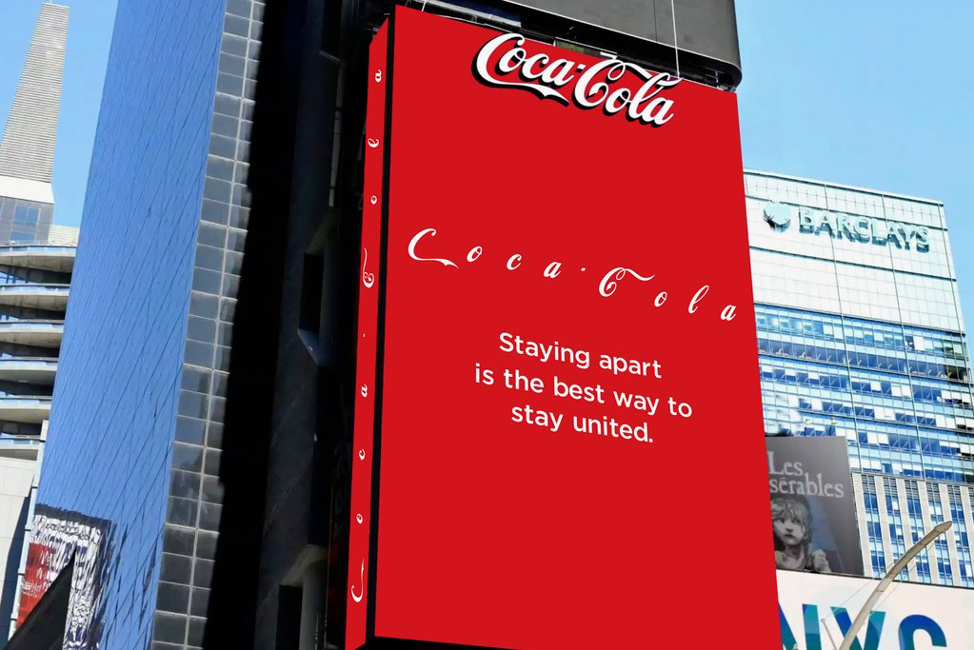These are unprecedented times folks. Just the other day, I called my sister and told her my mother is filing for unemployment, and she said, “What?? She told me she’d wait for me so we could do it together over a glass of wine.” In a time when people are making parties out of filing for unemployment, it is incredibly important to not only be thankful for the ability to work remotely, but if you are a manager, to take a soft approach to remote management.
As a creative freelancer, I have spent most of my career in a remote working situation and I have experienced the good, the bad, the ugly, and the downright ridiculous, so today we will discuss the “do’s and don’ts” of remote management from the perspective of your employees, so that you know what they need from YOU.
Tip #1: DO NOT MICROMANAGE.
Just because you aren’t in the same room as the people under you doesn’t mean they need constant check-ins from you via Slack or Google Hangouts. Let them get their work done. When you message them, they have to stop what they are doing and lose their thought process, just to reply. Trust that your team is doing what they need to, and frankly, if they aren’t, you’ll notice fairly quickly.
Tip #2: INVEST IN TELECONFERENCING.
Yes, you’ve used Google Hangouts, or Skype and those totally working, but that’s just because you’ve never experienced Zoom or UberConference. The former options seem good until you try the latter. A top sirloin steak tastes amazing until you’ve had a bacon wrapped Filet Mignon … and your life changes forever and you can never go back to discount meat again. Zoom and UberConference offer features that are specific to managing teams and working together …
Tip #3: LOOK INTO WIFI HOTSPOTS.
The most important thing right now for your team is a reliable internet connection. Despite what you may think, not everyone actually has access to reliable internet where they live. Some people live in apartment buildings where the apartment management is in charge of internet, and getting it fixed or restarted sometimes becomes a bureaucratic process that takes months and a few bribes to the right government officials to execute. WiFi hotspots are an altogether inexpensive way of getting people a secure connection at a time when internet is the second most valuable resource behind toilet paper.
Tip #4: KEEP THINGS LIGHT.
Whenever I’m on an airplane and there is some turbulence that makes me uncomfortable, I look to the nearest person that looks like they fly a lot. If they look panicked, I start saying my final thoughts and prayers; if they look calm, I assume I have nothing to worry about. You are the North Star, so keep things light, keep things fun, make meetings a conversation rather than a doldrum of what needs to get done. Send an email of a funny meme you saw, spark a conversation via group chat about something silly your dog did. It’ll add humanity to our isolation.
But the single most important thing you must do is give everyone time to adjust. You must factor in the idea that not only are people getting used to a new work schedule, but they are also managing their own stress, their parent’s stress, and maybe their three children who have by this point rearranged all of the chairs in the house to create a death fort in the living room.
Let this be a time of transition and join the team in being fallible and human as everyone adjusts. Your leadership comes from your empathy in times like this, so let everyone have their time to find themselves in this new normal.
About the author.
Greg Berman is a stand up comedian, writer, and actor in Los Angeles, CA. Although he spends most of his day as an artist creating content in any and every medium, he also moonlights as a copywriter and data analyst at night, in order to make enough money to feed his dog. A dog, he’d like you to know, that eats better than he does.

 Harper Forbes is 8 years old and is in 3rd grade at Pacific Elementary School in Manhattan Beach, California. She likes reading, dogs, acting, and swimming, and she is definitely going to follow her tip #2 from this article!
Harper Forbes is 8 years old and is in 3rd grade at Pacific Elementary School in Manhattan Beach, California. She likes reading, dogs, acting, and swimming, and she is definitely going to follow her tip #2 from this article!